Frequently Asked Questions
What is 'Capture Coating'?
'Capture Coating' is an innovative waterborne nanocoating system for porous and permeable HVAC air-filtration media. When applied to air filters, Capture Coating permanently bonds to the filter media, stopping virus and germs without impacting the airflow and breathability of the air filter.
Briefly describe the mechanisms behind this technology? How does the coating work, and why does it prevent transmission of viruses and other harmful substances?
'Capture Coating' is designed to mitigate and significantly decrease viral transmission of COVID-19 through specified air filtration media by hydrophobic and electrophoretic interactions. It forms a breathable, flexible, non-leaching, water-repellent barrier against aqueous respiratory droplets that act as virion carriers that can potentially be recirculated through conventional air-filters.
Does Capture Coating change the MERV or FPR rating of air filters?
No, it does not change the MERV or FPR rating of air filter, and hence it does not cost extra burden on HVAC system. The coating simply modifies the surface properties of filters towards droplets carrying germs and virions.
Does Capture Coating enhance or reduce the lifetime of air filter?
No, it doesn't. You will need to replace coated air filters at the same fequency as uncoated filters.
How do you apply 'Capture Coating' to air filters?
Capture Coating is easily applied using spraying(both sides) or immersion techniques, typically to a recommended liquid weight pickup of between 150-250%. For smaller spray applications, we recommend Fairosol-style spray heads/bottles. For larger spray applications, we recommend using a garden-style sprayer.
How do you dry/cure the coated filters?
Place sprayed air filters in well-ventilated area for 24 hours for curing/drying. Once dry, the filters are ready to be put in place and start to work.
What kind of personal protective equipment should you wear while spraying?
We recommend wearing safety glasses, gloves, and facemasks.
How do you clean the sprayer after coating?
Simply rinse the sprayer with tap water.
Is it fair to say that Capture Coating can enhance the performance of any modest or medium quality filters into much higher quality ones in relation to contagious pathogens filtering?
Yes, this assesment is correct for any previously untreated HVAC air-filtration media of either synthetic (e.g., polyethylene, polypropylene) or natural (e.g., cotton) polymer composition. Capture Coating was designed to conformally wrap around the individual fibers comprising the filtration media and recommended for HVAC air-filters with a particulate filtraion efficiency greater than or equal to a MERV-8 (ASHRAE - Standard) / G4 (EN - Standard).
What was the inspiration for this technology?
We have spent a very long time working in the field of nanotechnology and in particular looking at specialized coatings. For the last decade we have been involved in hydrophobic coatings, essentially the lotus effect but on a variety of surfaces. When the pandemic struck, we had already learned a lot about fabrics, so the obvious thing for us was not so much attack the virus as that involves pesticides, but go after the vehicle it travels in which is mucus and water; ie droplets. By stopping the virus and the fluid around it using the hydrophobic effect, we were able to stop transmission. The best place to do this is in buildings using HVAC systems; we can stop transmission and simply have the virus captured and immobilized. We don't kill the virus, that would mean having a pesticide and introducing another set of chemicals which we try to avoid. Instead, we capture it and let it desiccate on the surface over time, whether that's in minutes or hours. Frankly it does not matter as the virus is not going anywhere, our job is not to kill the virus, just to stop it and imprison it until it dies.
Once the main part of the pandemic is over (hopefully by mid summer 2021), how do you think this coating technology can be used?
The mechanism that we use not only works for the current version of Covid19 carrying viruses, but for all strains of the virus. So, our coating will work for the south african variant, the UK one and the Brazilian one. If there is a new variant we don't yet know about, it will not matter as the coatings are designed to trap all droplet borne viruses, and that includes influenza. Long term and beyond Covid19, this is something that can be used to prevent about 1/2 of all viruses as 1/2 of them are all waterborne. It does not mean we get away from taking precautions such as hand washing, wearing masks etc, but it does mean we can work indoors far more safely. In fairness, it can mean people who go on cruises can safely return (with some caveats) to ships that carry the capture coating protection.
What makes this coating technology better than current air filtration methods? Is it more effective? More efficient? More inexpensive?
Current air filters are designed for particulates such as dry materials, dust etc. That is all they are designed for and they are very good at doing that job. However, the virus is lower than the ASHRAE ratings for filters such as MERV13 or 14's, and even those expensive filters allow about 1/6 - 1/3 of viral transmission. In the world where energy management is very important, that means recycling the same air in the building with the risk of cross contamination. Taking outside air is one way to dilute the air, but that means we also lose a huge amount in terms of energy, and still don't solve the problem of taking the virus away from places where people congregate. Protection comes at the price of a cup of coffee.
